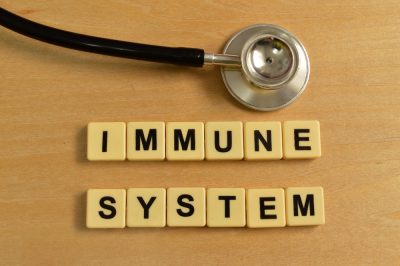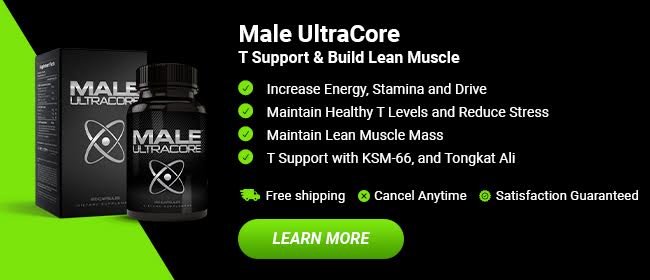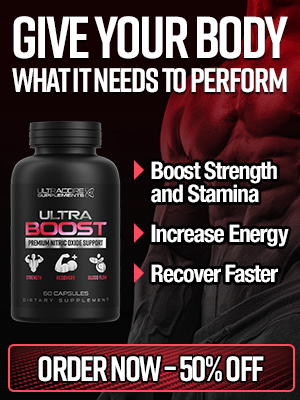Time and again, ‘getting back into shape’ remains one of the most common goals for exercising and getting into a daily fitness grind. But unfortunately, a significant portion of us only get to stick around our fitness routine for a couple of weeks before going back to our old habits and eventually miss out on the benefits of long-term exercising. Some of these benefits may not be readily appreciated after only a short amount of time, leaving people frustrated. But individuals who have made exercising a part of their daily lifestyle are reaping all the advantages. Consistency is the core of exercising, and although there is a steep climb at the start where many of us fall and give up, once you’ve gotten used to your routine, your body and mind will be eternally grateful to you. To keep you motivated in your health journey, here are some of the benefits you can achieve:
Faster Metabolism
 Generally, we can think of metabolism as our body’s ability to harness energy from the food we eat. This energy, in turn, keeps our body moving throughout our busy day. And of course, the faster metabolism a person has, the faster he can burn through stored fats which is a welcome advantage for people who want to become leaner and lose a couple of pounds.
Generally, we can think of metabolism as our body’s ability to harness energy from the food we eat. This energy, in turn, keeps our body moving throughout our busy day. And of course, the faster metabolism a person has, the faster he can burn through stored fats which is a welcome advantage for people who want to become leaner and lose a couple of pounds.
Genetics plays a part in predicting our metabolism rate (some are naturally born with a fast metabolism, while some are born with slower metabolism). But here’s the good news: we can help our body achieve a more rapid metabolism by working out.
Doing cardio exercises is one of the most recommended ways to boost your metabolism. It keeps your whole body active, gets your heart pumping, helps burn many calories and can suppress your appetite. As a result, cardio can help you metabolize stored fats and lose weight.
Another excellent option is weight training. This is a great way to build more muscle mass. And the more muscles we gain, the better our body can burn calories. This is explained by the fact that our muscle fibers need energy (in the form of ATP) to contract, and with an increased number of muscle fibers we will therefore use more energy in the process. Compared to cardio exercises, weight training can help our body burn calories long after a workout session. That’s a win-win situation.
How to start your routine
Starting is the hardest part of any journey, so here are some tips we’ve prepared to kickstart your health routine:
- Start slowly but surely. Especially for those who haven’t exercised in a while, you can start with 10 minutes of cardio every day for the first week and slowly build up from there. The health recommendation for most adults is a total of 150 minutes of moderate-intensity workout per week. Exercising isn’t a race, so don’t get burnt out by overdoing it in the first few weeks. You’ll naturally last long after you’ve built up more muscles and endurance.
- Workout during your breaks. For those who do not have much time to dedicate to a workout or those who have erratic working hours, you can choose to squeeze in a short workout whenever you can. This can also help you relax and relieve your mind for a little while. If you learn to look at exercise as a relaxing activity, you are more likely to successfully integrate it into your daily lifestyle!
- Eat the right food. You can start by choosing healthier options for your guilty pleasures. Eating right doesn’t need to be excruciating torture. Feel free to experiment with food and find something healthy that you also enjoy! Some foods like chili peppers, coffee, green tea, etc., have also been found to increase our metabolism. Just make sure you consume them in moderation!
Stronger Immune System
 Given the spread of various diseases globally, strengthening our immune system through working out is indeed a great advantage. As we age, we experience a physiological decline in our immune system, which makes us more vulnerable to acquiring infection and getting sick. This is particularly why we should start establishing healthy routines as early as now.
Given the spread of various diseases globally, strengthening our immune system through working out is indeed a great advantage. As we age, we experience a physiological decline in our immune system, which makes us more vulnerable to acquiring infection and getting sick. This is particularly why we should start establishing healthy routines as early as now.
There is a transient spike of cortisol during exercise, aka the stress hormone, in response to strenuous activity. This short surge of cortisol stimulates your immune system and causes a decrease in levels of inflammatory mediators in the body, which can help decrease pain and irritation. It also enables you to keep up with the demands of your workout by providing you with the energy you need at the moment. After your workout, your cortisol and adrenaline level subsequently drops, resulting in better sleep, maintaining blood pressure, controlling blood sugar levels, and improving long-term memory.
Promotes Human Growth Hormone (HGH)
Human growth hormone (HGH) is a hormone produced by the pituitary gland essential for cell and tissue repair of different organs, sugar and fat metabolism, muscle mass building, and growth. Likewise, higher HGH levels improve injury and disease recovery while lower HGH levels increase fat deposition and weight gain and are associated with increased risk for cardiovascular diseases.
The most effective exercise to increase HGH level is through high-intensity exercises such as interval training, sprinting, weight training, and circuit training. However, it is important to note that other types of exercises like cardio, stretching, and balance training can also increase HGH levels. Another benefit of a high-intensity workout is weight loss and fat burning, which further promotes HGH level in a positive feedback mechanism. On the contrary, greater body fat composition can impair HGH production and predispose to obesity, poor skin condition, decreased libido, bone density, and many more.
Significantly improved and stabilized mood
An underestimated advantage of exercise is improved and stabilized mood. This has also been backed up by research, which found a correlation between exercise and depression. It has also been determined that regular exercise may reduce the severity of mood problems and can prevent relapse of depressive episodes in patients.
Working out regularly also stimulates the release of serotonin, a neurotransmitter that regulates appetite, sleep and enhances mood. Maintaining a healthy level of serotonin will also help fight chronic depression or dysthymia and improve social functioning. Endorphin, a neuropeptide that decreases pain perception and increases pleasure, is also released by the body after exercise.
Outdoor exercises are also recommended if you wish to boost your mood. This will give you adequate sunlight exposure, which is needed to convert the inactive form of vitamin D to its active form (1,25-dihydroxyvitamin). This, in turn, promotes healthier bones and teeth, regulates insulin levels, and stimulates the immune system. Other sources of Vitamin D are eggs, lentils, milk, tofu, meat, and fish.
Eating comfort foods once in a while may seem tempting, especially during times of intense stress. However, the mood benefits of binging on high sugar and high-fat foods only last for a few minutes or hours. On the contrary, a healthy balanced diet relaxes the mind for a longer duration of time.
Think long-term
Whether you aim to do it on your own or with the help of a professional trainer, exercising can only be a good thing. The success of your fitness plan relies on your consistency in the long run and the proper execution of your workouts. Make sure to gauge your body and take appropriate breaks too to let your body recover. Choosing healthier food options one step at a time can boost your overall health benefits. It may seem difficult, but small steps every day will surely pay off. You’ll find yourself stronger physically and mentally and will be able to enjoy life to the fullest even into old age!








COMMENTS